3D-utskrift av metallpulver
Allt du behöver veta om leverantörer av metallpulver för 3D-utskrift
Produktkategori

Metallpulver för 3D-utskrift revolutionerar tillverkningen inom branscher som flyg- och rymdindustrin, bilindustrin, den medicinska industrin med mera. Denna avancerade additiva tillverkningsteknik bygger metalldelar lager för lager från pulverformiga metallegeringar med hjälp av laser eller elektronstrålar.
Jämfört med traditionella metalltillverkningsprocesser erbjuder 3D-printning med metallpulver ökad designfrihet, snabbare prototypframtagning, minskat spill och lägre kostnader för korta serier och specialtillverkade detaljer. Men det är inte allt, pulvermetallurgi ställer unika krav på partikelstorlek, form, sammansättning och andra egenskaper.
Metoder för tillverkning av metallpulver
Metallpulver kan framställas på olika sätt. De viktigaste tillverkningsmetoderna inkluderar:
Atomisering av gas
Smält metallegering finfördelas till fina droppar med hjälp av en inert gasstråle. Dropparna stelnar snabbt till sfäriska pulverpartiklar. Gasatomiserade pulver har utmärkt flytbarhet och packningstäthet som önskas för 3D-utskrift.
Plasmaatomisering
Liknar gasatomisering, men använder plasmabrännare för att producera högre temperaturer för överlägsna pulveregenskaper. Möjliggör ett bredare utbud av legeringar.
Mekanisk legering
Pulver framställt genom högenergibollmalning av metallpulver och legeringselement. Pulvren har oregelbunden form men tillåter ett bredare spektrum av sammansättningar.
Elektrolys
Metall löses elektrolytiskt från en anod och deponeras på en katod i pulverform.
Reduktion av kemikalier
Metalloxider eller metallsalter reduceras kemiskt med hjälp av väte eller kol för att producera metallpulver.
Dehydrering av metall
Hydrerade metallsalter som upphettas för att avlägsna vatten och producera metall- eller metalloxidpulver.
Konsolidering och sfäroidisering
Oregelbundna pulver mals, pressas och sfäroidiseras till sfärisk form. Möjliggör användning av återvunnet skrotpulver.
Gasatomisering är den vanligaste metoden för additiv tillverkning idag och ger högkvalitativa sfäriska pulver med utmärkt packningstäthet och ytkvalitet på pulverbädden.
3D-utskrift av metallpulversammansättningar
Många legeringar används för 3D-utskrift med metallpulverbädd. Vanliga legeringar inkluderar:
| Legeringstyp | Exempel |
|---|---|
| Superlegeringar av nickel | Inconel 625, 718, In625, N06625, In718 |
| Kobolt Krom | CoCrMo, Co28Cr6Mo |
| Titanlegeringar | Ti-6Al-4V, Ti64, Ti6242, TiAl6V4 |
| Verktygsstål | H13, Maråldrat stål, Rostfria stål |
| Aluminiumlegeringar | AlSi10Mg, AlSi7Mg0,6 |
| Kopparlegeringar | CuSn10, CuAl10Ni5Fe4 |
Superlegeringar av nickel ger den bästa hållfastheten vid höga temperaturer och används ofta i motorer och komponenter för flyg- och rymdindustrin.
Titanlegeringar som Ti64 är kända för sin styrka, låga vikt och biokompatibilitet, vilket gör dem populära för medicinska implantat och inom flyg- och rymdindustrin.
Koboltkrom används främst för tandimplantat och tandkronor på grund av sin biokompatibilitet och korrosionsbeständighet.
Verktygsstål och rostfria stål används för formsprutning, verktyg och höghållfasta mekaniska delar i olika branscher.
Aluminium- och kopparlegeringar är nyare för 3D-printing av metall, vilket möjliggör fler applikationer inom fordonsindustrin, värmeväxlare och konforma kylkanaler.
Metalllegeringspulver Partikelstorleksintervall
| Beskrivning | Storleksintervall |
|---|---|
| Extra fin | 15 - 25 mikrometer |
| Fina | 25 - 45 mikrometer |
| Medium | 45 - 90 mikrometer |
| Grov | 90 -150 mikrometer |
Finare pulver runt 20-45 mikrometer är att föredra för komplexa geometrier och jämn ytfinish. Grovare pulver över 45 mikrometer ger snabbare bygghastigheter men sämre upplösning. Optimala storleksintervall beror på 3D-skrivarens modell och kapacitet.
Egenskaper för metallpulver vid 3D-utskrift
Metallpulver måste uppfylla strikta specifikationer för att vara lämpliga för 3D-utskrifter:
| Fastighet | Beskrivning | Önskade värden |
|---|---|---|
| Fördelning av partikelstorlek | Utbud av pulverpartikeldiametrar | Tät fördelning runt 20-45 μm typiskt |
| Partikelform | Pulvermorfologi - sfäriskt, oregelbundet etc. | Mycket sfäriska partiklar |
| Flytbarhet | Pulverets förmåga att flöda under 3D-utskrift | Utmärkt flöde som vatten |
| Skenbar densitet | Packningsdensitet för pulver | >4,0 g/cc |
| Tappdensitet | Maximal packningsdensitet efter vibration | >4,5 g/cc |
| Syrehalt | Syre som absorberas under tillverkningen | <400 ppm |
| Kväveinnehåll | Kväve absorberas under tillverkningen | <100 ppm |
Sfärisk partikelform ger jämn spridning av pulvret under 3D-utskrift. Kemisk renhet och låg syrehalt minskar defekter som porositet och sprickbildning.
Pulver måste också uppfylla sammansättningsstandarder som ASTM B348 Grade 5 för titanlegeringar och AMS 5659 för nickelsuperlegeringar.
Tillämpningar för metallpulver för 3D-utskrift
3D-utskrift med metaller möjliggör tillverkning av slutanvändningsdelar inom olika branscher. Några viktiga tillämpningsområden är:
| Industri | Tillämpningar |
|---|---|
| Flyg- och rymdindustrin | Turbinblad, strukturella ramar, motorkomponenter |
| Fordon | Anpassade prototyper, specialverktyg |
| Medicinsk | Tandkronor, implantat, kirurgiska instrument |
| Allmän tillverkning | Jiggar, fixturer, delar för slutanvändning |
| Smycken | Komplexa geometrier, kundanpassade konstruktioner |
3D-printing baserad på metallpulver möjliggör tillverkning av lätta, höghållfasta delar med förbättrade termiska egenskaper som lämpar sig för tuffa driftsförhållanden i flygmotorer och turbinsystem. Det gör det också möjligt att skapa skräddarsydda medicinska implantat som är specifikt anpassade till en enskild patients anatomi.
Leverantörer och priser för metallpulver för 3D-utskrift
Det finns flera stora globala leverantörer som tillverkar och distribuerar metallpulver för 3D-utskriftsprocesser. Tabellen nedan visar några ledande företag och ungefärliga priser på pulver:
| Företag | Viktiga material | Typiskt prisintervall |
|---|---|---|
| AP&C | Titan-, nickel- och koboltlegeringar | $50 - $220 per kg |
| Sandvik | Rostfritt stål, kobolt-krom, nickellegeringar | $50 - $250 per kg |
| Met3DP | Titan, aluminium, rostfritt stål | $30 - $150 per kg |
| Snickeriteknik | Rostfritt stål, koboltlegeringar, titan | $100 - $500 per kg |
| LPW-teknik | Rostfritt stål, aluminium, titan, Inconel | $50 - $150 per kg |
Priserna varierar beroende på sammansättning, kvalitetsnivå, partikelstorleksfördelning, densitetsspecifikationer och inköpsvolym. Tryckfärdiga pulver som är anpassade för enskilda 3D-skrivarmodeller kan medföra en premie.
3D-utskrift av metallpulver jämfört med traditionella metoder
3D-utskrift av metallpulver jämfört med traditionella metoder
| 3D-utskrift av metall | Traditionell tillverkning |
|---|---|
| Additiv process bygger upp delar lager för lager | Subtraktiva bearbetningsmetoder avlägsnar material |
| Inga verktyg för specifika delar behövs | Betydande verktygskostnader för gjutning, maskinbearbetning |
| Designfrihet för komplexa geometrier | Designbegränsningar från verktygets tillgänglighet |
| Snabba prototyper på några dagar | Månader för prototypverktyg |
| Kostnadseffektiva korta serier | Höga volymer krävs för kostnadseffektivitet |
| Materialavfall endast från stöd | Hög andel skrot vid maskinbearbetning |
| Konsoliderade sammansättningar | Tillverkning och montering i flera steg |
| Täta, funktionella metalldelar | Ytterligare efterbearbetning behövs ofta |
3D-printing i metall möjliggör innovativa konstruktioner, snabbare leveranser och ekonomisk produktion i små volymer. Det kompletterar snarare än ersätter konventionell tillverkning, som fortfarande är mer lämpad för stora volymer.
Partipris: $20/Kg-$500/Kg
Visar 1–15 av 98 resultat
-
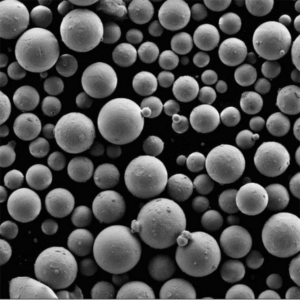
Ti45Nb-pulver för additiv tillverkning
-
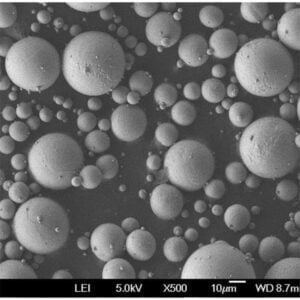
CoCrFeNi-pulver
-
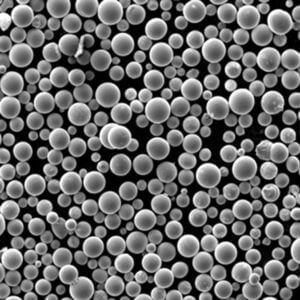
TiAl3-pulver för 3D-utskrift
-
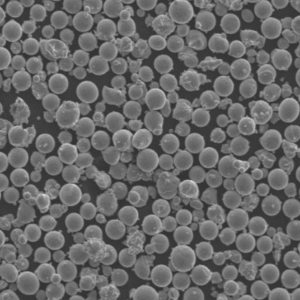
TiAl2-pulver
-
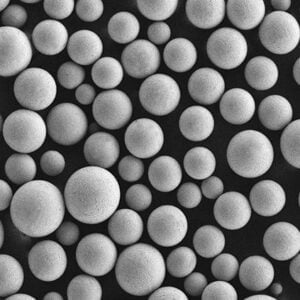
Ti3Al-pulver
-
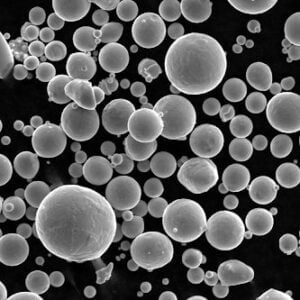
GH3536 Legeringspulver
-
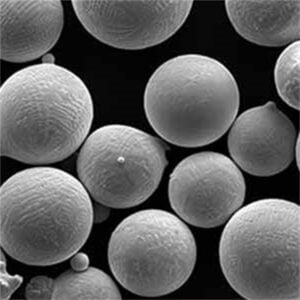
Pulver av legering K465
-
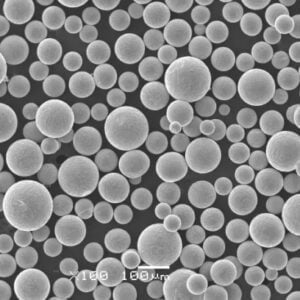
AerMet100 Pulver av rostfritt stål
-

300M rostfritt stål pulver
-
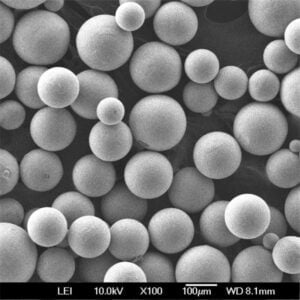
Pulver av TiNb-legering
-

Pulver av TiNbZrSn-legering
-
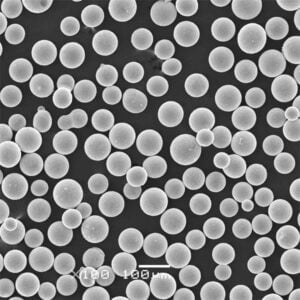
GH3230 Pulver
-
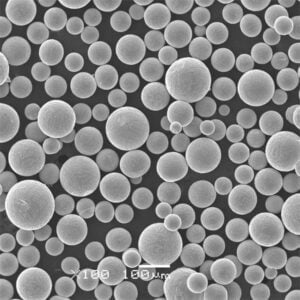
GH5188 Pulver
-
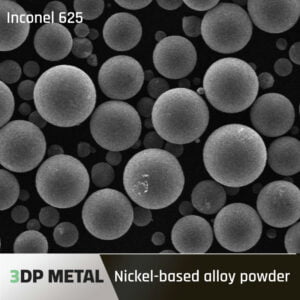
GH3625 pulver Inconel 625 pulver
-
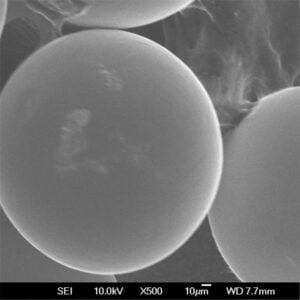
GH4169 pulver för metall 3d-utskrift
Vanliga frågor om 3D-utskrift av metallpulver
Hur kontaktar jag Metal3DP:s kundtjänst?
Vi erbjuder kundsupport dygnet runt. Du hittar våra kontaktuppgifter på sidan Kontakta oss, inklusive telefon, e-post och onlinechatt.
Vilka metallpulvermaterial erbjuder Metal3DP?
Vi erbjuder olika högkvalitativa metallpulver, inklusive rostfritt stål och högtemperaturlegeringar, som lämpar sig för processer som laser- och elektronstrålepulverbäddsfusion.
Hur säkerställer Metal3DP kvaliteten på metallpulver för 3D-utskrift?
Med vår omfattande expertis inom additiv tillverkning av metall använder vi avancerade processer och sträng kvalitetskontroll för att säkerställa detaljernas mekaniska egenskaper och ytkvalitet.
Inom vilka branscher används Metal3DP:s 3D-printing-enheter?
Våra enheter har ett brett utbud av tillämpningar inom branscher som flyg, medicin, fordonsindustri m.m. och erbjuder lösningar för högpresterande metallkomponenter i tillverkningen.
Erbjuder Metal3DP anpassade legeringsalternativ?
Ja, vi tillhandahåller anpassade legeringstjänster för att uppfylla specifika materialkrav från kunder.
Vilka är fördelarna med Metal3DP:s SEBM-system?
Våra SEBM-system är utmärkta för tillverkning av komplexa metalldelar med exceptionella mekaniska egenskaper. Bland nyckelfunktionerna finns branschledande byggvolym, precision och tillförlitlighet.
Kan jag hitta applikationsfall på Metal3DP:s webbplats?
Ja, på vår webbplats finns ett brett utbud av tillämpningsfall som visar framgångsrika implementeringar av Metal3DP-tekniken i olika branscher.
Hur kan jag börja samarbeta med Metal3DP?
Kontakta oss så kommer vårt team att erbjuda dig skräddarsydda lösningar och samarbetsplaner utifrån dina behov.
Vad är leveranstiden för Metal3DP:s kundanpassade tjänster?
Handläggningstiden för anpassade tjänster varierar beroende på projektets komplexitet. Vi kommer att tillhandahålla exakta leveranstider baserat på dina krav.
Vilka 3D-utskriftstekniker erbjuder Metal3DP?
Vi är specialiserade på SLS (Selective Laser Sintering), SLM (Selective Laser Melting) och SEBM (Selective Electron Beam Melting) bland andra 3D-utskriftstekniker.
SÄND OSS
Fråga efter annan fråga?
Om du inte hittar svaret på din fråga i vår FAQ kan du alltid lämna ett meddelande till oss. Vi kommer att svara dig inom kort.
VÄNTA PÅ OSS
Nästa steg
01. Vi kommer att utarbeta ett förslag
Nödvändig omfattning, tidslinje och APR. Priset kommer att inkluderas om du ger oss detaljerad information om ett projekt.
02. Diskutera det tillsammans
Låt oss bekanta oss med varandra och diskutera alla möjliga varianter och alternativ
03. Låt oss börja bygga
När kontraktet är undertecknat och alla mål är fastställda kan vi starta den första sprinten.

Metallpulver för 3D-printing och additiv tillverkning
FÖRETAG
PRODUKT
cONTACT INFO
- Qingdao City, Shandong, Kina
- [email protected]
- [email protected]
- +86 19116340731





